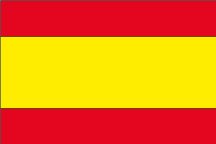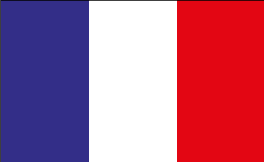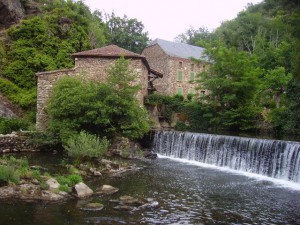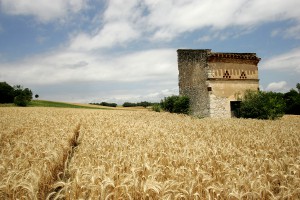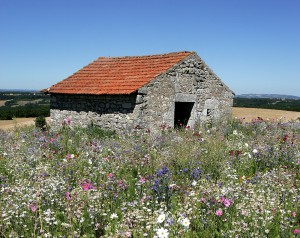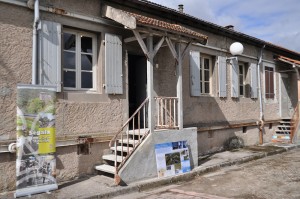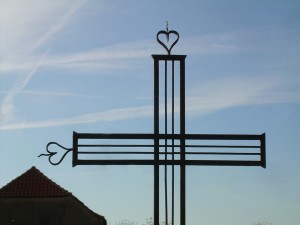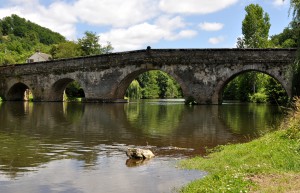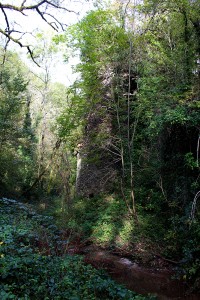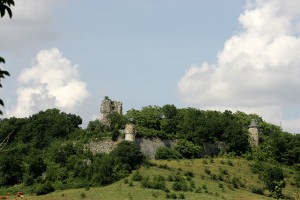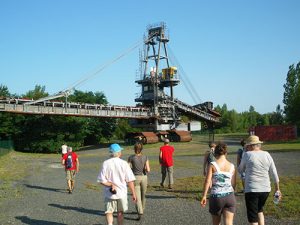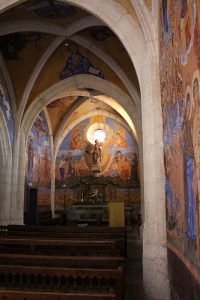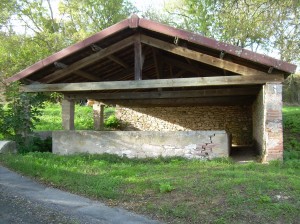 What if we were going back to the time of washerwomen? Let’s meet like them at washhouses, but not to rinse your clothes, rather to see how they were doing. They are, too, witnesses of local history.
What if we were going back to the time of washerwomen? Let’s meet like them at washhouses, but not to rinse your clothes, rather to see how they were doing. They are, too, witnesses of local history.
Small patrimony
Mills
Miller you are sleeping, your mill, your mill is going too fast, Miller you are sleeping, your mill, your mill is going too powerfully… …
All along the Cérou, the Vère and the Viaur, you will notice many of them. They make their mark on history and time. Thanks to the use of water, they could feed men. At the time, every man was going to the mill to make his own flour, oil, or to ret hemp… sometimes mills were sawmill, fulling mill, spinning mill…
Dovecote
The time of your journey, you may see, in the middle of a field, standing by itself, in a garden or at the corner of a house, an architecture a bit atypical and original. It is also an emblem of the region Occitania and a track is dedicated to it in the Tarn department: this is the dovecote.
Oustalous
This is not Little House in the Prairie but almost…You probably have already sighted small field shacks, significantly present in Ségala Tarnais’ countryside; we call them oustalous and they are still demonstrating rural life in the early XIX th century.
The Polish’s house
Close to the Departmental Mine Museum, and especially after immersing yourself in the core of the history of the Black rock’s workers.
Built after the First World War, it is sited in the heart of Homps’ mining town. This city aimed to house foreign workforce coming to expand the ranks of miners.
Frexaïre’s fountain
Located at the edge of the Viaur, on the left bank, Frexaïre’s fountain has been, at the beginning of the XIXth century, the scene of a tragic incident. On the 8th of July 1818, a young girl from la Calquière who came to draw water discovered the lifeless body of a farm servant, Cécile Soulié. Wrongly accused of this crime by strangulation, Louis Balssa, Honoré de Balzac’s youngest uncle, was executed on the 16th of August 1819.
Cross
On the territory of Ségala-Tarnais, as everywhere else, it is frequently a crucifix which is the scene that is represented, in most cases, at crossroads. But besides the Christ on the Cross, a multiplicity of other representations can come along.
You will find wooden, cast-iron, stone and iron crosses… and, over all, you will have the surprise to make some of them spin around, the so-called “movable arm” or “rotating cross”, like the one in Lagarde Viaur.
Bridges
Over centuries, men have tried to tame water, rivers, with more or less success… Nowadays, bridges which cross over the Segala Tarnais tell a story if not stories…
Once upon time, there were roman bridges, footbridges, a viaduct!
Vieux Mirandol, Vieux Tanus and Vieux Jouqueviel
What if we recount you the story of these forgotten villages which were for a long time populated, then, suddenly deserted. This is the story of the Vieux Mirandol, the Vieux Tanus and the Vieux Jouqueviel.
Combefa’s castle
What a beautiful residence on the top of a hill, which is unfortunately, nowadays, in ruins. The castle stands in front of you on the little community of Combefa. Discover the fascinating history of Combefa’s castle that became Albi’s bishop’s summer residence. Its past connects Albi, Combefa and Monestiés.
Titan’s Park : If I was narrated the Discovery…
The Mixed Syndicate for the Discovery Planning (SMAD) and the Association for the Safeguard of Carmaux Cagnac Industrial Patrimony (ASPICC) welcome you on the traces of coal…
« If I was narrated the Discovery » brings to light the site’s history. From the extraction in galleries to its conversion after closing down in 1997, the miners testify and accompany you all along the tour, punctuated with anecdotes…in the heart of Occitania’s emblematic mineral field.
Churches decorated by Nicolaï Greschny
Push churches and chapels’ doors, some of them will unveil some treasures. Here and there, Nicolaï Greschny reveals his art. Mural paintings and byzantin inspiration icons covering a section or the whole of these edifices. Nicolaï Greschny is one of the greatest contemporary fresco-painter, a master in byzantine art.
His work provokes you, fascinates you, incites you to journey and to meditation. The icons beauty and the vibrant colours command contemplation.
If you wish to continue the journey through Greschny’s frescos, let’s meet in the Mounts of Alban. At Alban’s church, they adorn the vault and illustrate the gospels.
